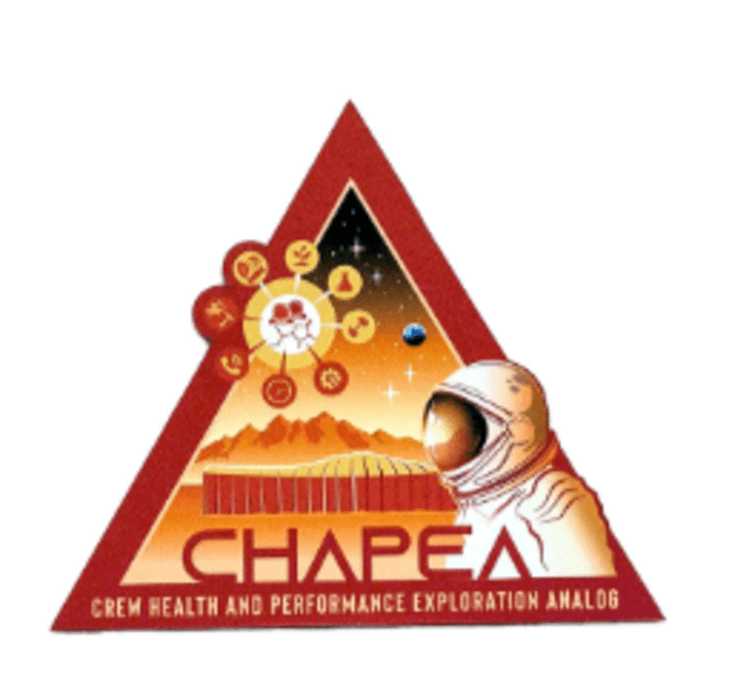News Excerpt:
The four volunteer crew members of NASA’s Mars simulation mission emerged after a year of living in a habitat replicating the Red Planet.
- It was the first of three planned simulations to understand the challenges Mars poses for space explorers.

What is the CHAPEA project?
- The CHAPEA project, or Crew Health and Performance Exploration Analog, is a NASA initiative designed to simulate conditions for long-duration Mars missions.
- The CHAPEA project provides crucial insights that will help NASA design safer and more effective Mars missions in the future.
More details about the CHAPEA project:
- Purpose: The project aims to understand and prepare for the challenges astronauts will face during extended stays on Mars.
- Structure: The project consists of a series of year-long simulations, with the first one completed in July 2024.
- Location: The simulations are taking place at the Johnson Space Center in Houston, USA.
- Habitat: Participants live in "Mars Dune Alpha," a 3D-printed, 1,700 square foot facility that mimics the habitat of Mars.
- Activities: Crew members engage in simulated Mars activities, including "Marswalks," growing food, and dealing with communication delays.
- Marswalks is conducting spacewalks in suits in the Martian atmosphere.
- Goals: CHAPEA collects data on the physical and psychological impacts of long-term isolation, resource management, and other Mars-specific challenges.
- The data will also help NASA prepare for long-term presence on the Moon as part of its Artemis programme, seen as another step towards an expedition to Mars.
- Future plans: NASA has scheduled two more CHAPEA missions for 2025 and 2026.
- This project is part of NASA's larger effort to prepare for human exploration of Mars, potentially in the 2030s.
What is the habitat like on Mars?
- The temperature on Mars ranges between 20 degrees Celsius and -153 degrees Celsius.
- Mars has a rocky surface with canyons, volcanoes, dry lake beds, and craters, all covered in red dust.
- Winds can create dust storms, with tiny ones resembling tornadoes and large ones occasionally enveloping the entire planet. They are visible from Earth using telescopes.
- It has about one-third the gravity of Earth and the atmosphere is much thinner than Earth’s, containing more than 95% carbon dioxide and less than 1% oxygen.
- The planet turns on its axis more slowly than Earth, and being farther from the Sun, takes longer to revolve around the Sun.
- A day on Mars is 24.6 hours and a year is 687 Earth days long.
Challenges involved in a mission to Mars:
- The biggest challenge is the long duration of a Mars mission because even a one-way trip would take six to nine months.
- Other challenges include logistics for life support, and maintaining supplies and crew health.
- Mars’s thin atmosphere also makes it difficult to slow down a spacecraft for a safe and precise landing.
- Given the distance, communications from and to Earth could have as much as a 20-minute lag, which would be too long in case of real-time help during emergencies.


